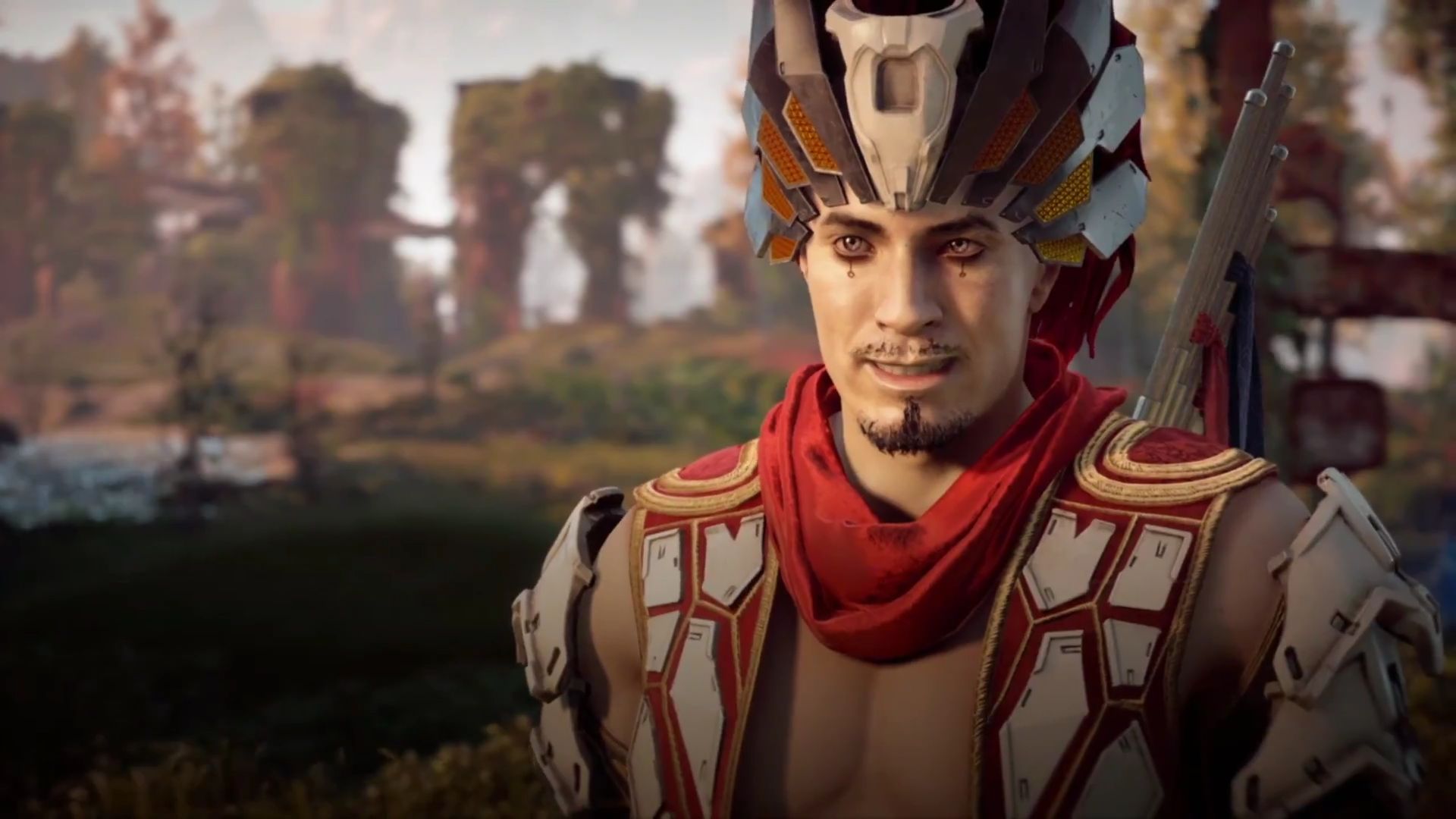
Burials of Teganshire Post 30 of 30
Designing a dungeon to put the D back into D&D? A good dungeon design considers not just who built it, but who added to it later.
Layer Your Dungeon From the Game World’s History
“Dungeon” doesn’t necessarily mean a hole in the ground. Still, it is more difficult to replace underground structures rather than walling off unneeded portions, so, even a new “owner” of the dungeon would not make many underground changes.
In our example, we’ll use a Castle. Since we’re going to turn the castle into a “megadungeon,” most of our design will center around history. The smaller the complex, the less work the DM should do. If the place fits on a small map, grab an exciting monster(s) from the Monster Manual(s) and design the dungeon around that.
Step 1: Establish a History of the Dungeon
In our castle example, I sketched out a history that jives with the region history:
Age of the Heirophant
The hierophants of old established a monumental civilization that spanned thousands of years. They used “world magic” and had no use for structures, tools, or artifacts. After a very long while, their civilization ended when the hierophants expanded their existence beyond the physical realm and left the world.
One of the places they left behind was a Fey Gate, a place where they could stand and will themselves into the Feywild. It’s a 5ft. square of beautiful stonework that does not age or diminish.
Age of Wanderers
Nomadic humans wandered the region, and not knowing what the Fey Gate was, surrounded it with a small monolith structure. Later humans worshiped the place as a whole, but they eventually died out to war and environmental hazards.
Age of Elves
The elves migrated to and then built an extensive civilization in the region known now as Lothmar. They had more than passing knowledge of the Hierophants, and, when investigating the monolith, recognized the Fey Gate for what it was. Knowing that this side of the gate was inactive, they built a warding statue that preventing anyone from opening the entrance from the other side.
Having spent a considerable amount of effort on the warding statue, and also admiring the artistic beauty of the elf maiden it depicts, the elves built a castle-like structure that included the monolith, with its new figure, as a courtyard garden. Over time, the place became an area of study, much like a university.
Gekk Conquistadors
The gekk, a four-armed, arcane magic resistant race of lizardmen, invaded the elven nation and pushed all the elves north. When they came upon the abandoned elven complex with the statue, they admired its beauty and liked the central garden. They had their dwarven slaves expand the structure underground, for both the storage of goods and the imprisonment of their many captives.
Imperial Crusaders

The Paladin Lothmar destroyed the gekk in a holy crusade under the banner of the Immortal Emperor. Coming upon the odd (in their minds) elf-like complex, also appreciating the artistry of the statue, and wild garden in the middle, an Imperial Legion commander decided to make the complex his headquarters. His War Wizard told him the statue was magical and warned against occupying the place until she figured out what it was, but the Legate said, “Well, if it didn’t bother the gekk, it’s not going to bother us.”
The legion built extensive fortifications around the elven buildings, turning the place into a proper imperial castle. They closed-off unneeded portions of the dungeon, and the Castilian contacted a group of nearby dwarves, recognizing the dwarven constructions underneath.
The dwarves related the sad, sad tale of the dwarven slaves, and also told the crusaders that there were indications of rich mineral deposits under the castle. The imperials paid the dwarves for this information, and, throughout a couple of hundred years, created a mining complex underneath the gekk dungeon.
The place became known as Castle Julia, named for the legion’s high priestess who died in the crusade.
Near the end of their control, the imperials re-opened and expanded the closed portions of the gekk dungeon, putting in a laboratory to study and create clockwork, of which their legions started to use by directive of the Emperor.
Kingdom of Lothmar
The rein of the imperials was short-lived when Lothmar split from the Empire. The Empire was embroiled in internal conflict, and several of their far-flung districts, such as Lothmar, left. The legion rushed home to the far away Empire and never came back.
Eventually, the Lothmari took over Castle Julia. They thought it odd that it was named after an elf called Julia, but the imperials were a bit out there, and everyone had to admit whoever this Julia elf was, she sure was beautiful. Eventually, the noble who moved in replaced the entrance with a grand gatekeep, hired a gardener to spruce up the central courtyard, and made it the seat of his County.
Abandonment
Unfortunately for Castle Julia, a not-so-far-away earthquake shifted the river that was the source of the County’s agricultural base. Several large lakes also drained away. The entire area around Castle Julia turned into a swamp, and the region was made inhospitable to travel, agriculture, and trade.
The noble at the time held out for as long as he could, but Castle Julia was now a big castle, in the middle of a swamp, guarding nothing as the Common folk all moved away to areas they could grow food. He sealed it off as best he could, said goodbye to the statue he always liked, and abandoned the place.
Step 2: Based on History, Establish the Dungeon Areas
At 762 words, that history might be excessive, but proper grammar and eschewing abbreviations certainly added its fair share. The history, however, gives us a “historically accurate,” in the game-world, architecture. So here are the areas of Megadungeon Julia!
Imperial Wall
A dual wall curtain surrounds the castle, braced by square, but decorative, towers, all built out of stone and imperial concrete. There are twelve towers in all, all identical and former troop barracks.
Upon closer examination, a mason, dwarf, or stone smith can spot repaired earthquake damage. Someone spent a lot of money to restore the place to full functionality.
Grand Gatekeep
This is a Lothmari-designed grand gatekeep: four, round 60’ diameter towers as the entrance to Castle Julia, topped off with a two-story building over the kill-zone entrance. The place is massive and is the latest in superior castle entrance design.
Elven Stone Buildings
There are four elegant multi-storied stone buildings arranged at the corners of a great, wooded courtyard, with a statue of a beautiful elf maiden in the middle. Each building has stairs going down into the dungeon.
A monolithic stone henge surrounds the wooded courtyard, marking its boundaries.
Smelter and Forge
Away from the elven stone buildings stuffed in the corner are a smelter, a metal storage area, and a forge, all obviously built by the imperials. There is also a covered, large coal bin, devoid of coal or other fuel. Minecart tracks lead to this area from the mine entrance.
Barracks Foundations
There is a large flat area with concrete foundations. The imperials used concrete on occasion, and while the Lothmari knew how to do so, they never had the manpower or equipment to do so.
The imperials made the barracks out of wood, but the Lothmari didn’t need to house a legion in the castle, so they dismantled the barracks, leaving the foundations.
Minecart Storage and Mine Entrance
This area contains a shed with several minecarts with tracks leading to the stone building of imperial design. The building is the entrance to the mine, with cart tracks leading into the gloom.
Some of the carts are magically self-powered and can pull or push up to five other carts filled with ore, rock, or dirt.
Dwarven Dungeon
This complex is extensive, and some of it is sealed off from the rest. The sealed off portions reveal an Imperial Laboratory, where they created clockwork and magical items (such as the self-powered minecart).
Several stairs go down into the mining area.
Mine Area
Created by the imperials, this area has seen better days as nobody has fixed any of the infrastructure damaged during the earthquake. The noble spent all his money repairing the castle before abandoning it.
It’s big, and just for fun and giggles, the DM can have this also connect to a series of natural caverns, henceforth explored only by an imperial geologist, who said not to bother with the labyrinthine-like caverns. The imperials sealed it off, but the stone wall fell down during the earthquake.
Step 3: Populate the Areas
And here is where we end. All the DM now needs is a map and a bunch of monsters, and motivations for exploration. Perhaps some imperial archeologist wants to lead an expedition, but she secretly wants some of the clockwork that is still functional and hidden away. Or maybe the dwarves wish to seize the mines since nobody else wants to do so, and someone needs to go in and clean it all out.
Or, maybe, the clockwork laboratory went into “automation” mode and is now creating deadly war machines without purpose. It’s grown in size, and now is a hidden threat to the entire kingdom!
Or, made a vampire lord moved in and stores treasure, and deadly secrets, in the caverns below.
Whichever you chose, this ends the 30 Days of Burial of Teganshire posts, well, other than the index post we’ll make tomorrow. Ending the blog series about a dungeon seems fitting. An idea of the history of the dungeon lets the DM give it an organic, believable design in the campaign setting. In a world filled with magic, things don’t need to make sense all the time, but the best campaign-worlds have logical consistency. A consistency that gives the world—you guessed it—verisimilitude.
Your players may never discover the complete history of the place, but they might wonder why things look the way they look. And who knows? Perhaps another earthquake can shift the river again, or the swamps drain away, giving PCs, one of whom is maybe the last of the noble line that owned the place, an excuse to occupy Castle Julia once more.
Epilogue
I have to admit, my favorite part of Megadungeon Julia is the clockwork laboratory.
Fighter: This door is obviously different. See if you can open it.
Thief: Um, it’s different because it’s locked from this side.
Cleric: Well, it should be easy to open, then.
Thief: This is the most elaborate lock I have ever seen.
Wizard: Open the door and let’s loot the place.
Thief: (sigh)
Thief: (eventually unlocks the door)
Fighter: (opens door)
Clockwork Dragon: BEHOLD! THE MIGHTY SINGULARITY ENGINE! THE PERFECT MERGING BETWEEN MAN AND CLOCKWORK! AND IT’S BEAUTY SHALL BE HAUNTING! CAN YOU SEE ME NOW, EMPEROR? I WILL MAKE IT SO YOU NEVER WANT TO LEAVE!
Fighter: (closes door)
Fighter: Shame. Empty.
Wizard: Yes, too bad.
Cleric: Uh.
Thief: I told…
Fighter (putting a gloved finger on the thief’s mouth): Shhhhhh. Leaving now.
Last chance to get Burials of Teganshire at the intro 20% discount! Head on over to Indiegogo and support us by clicking here: https://igg.me/at/teganshire
 Crossbow Man would wonder what type of idiot would put such a large castle in the middle of a swamp!
Crossbow Man would wonder what type of idiot would put such a large castle in the middle of a swamp!
Previous 30 Days of BoT | Next 30 Days of BoT

 tossed in the air, it flies in a direction for several rounds, leaving a trail of blue, sparkly, motes, and drops to the ground.
tossed in the air, it flies in a direction for several rounds, leaving a trail of blue, sparkly, motes, and drops to the ground.












